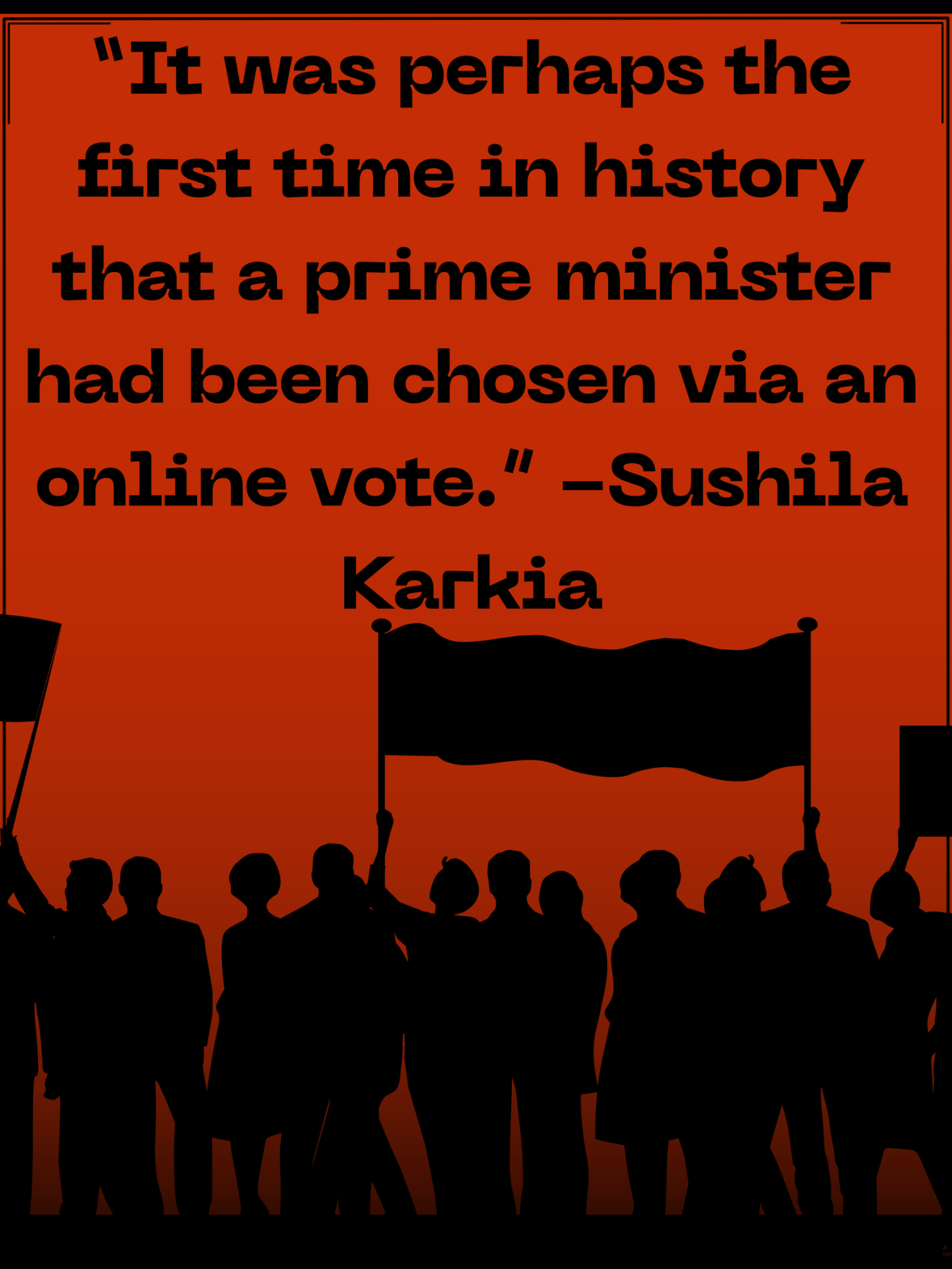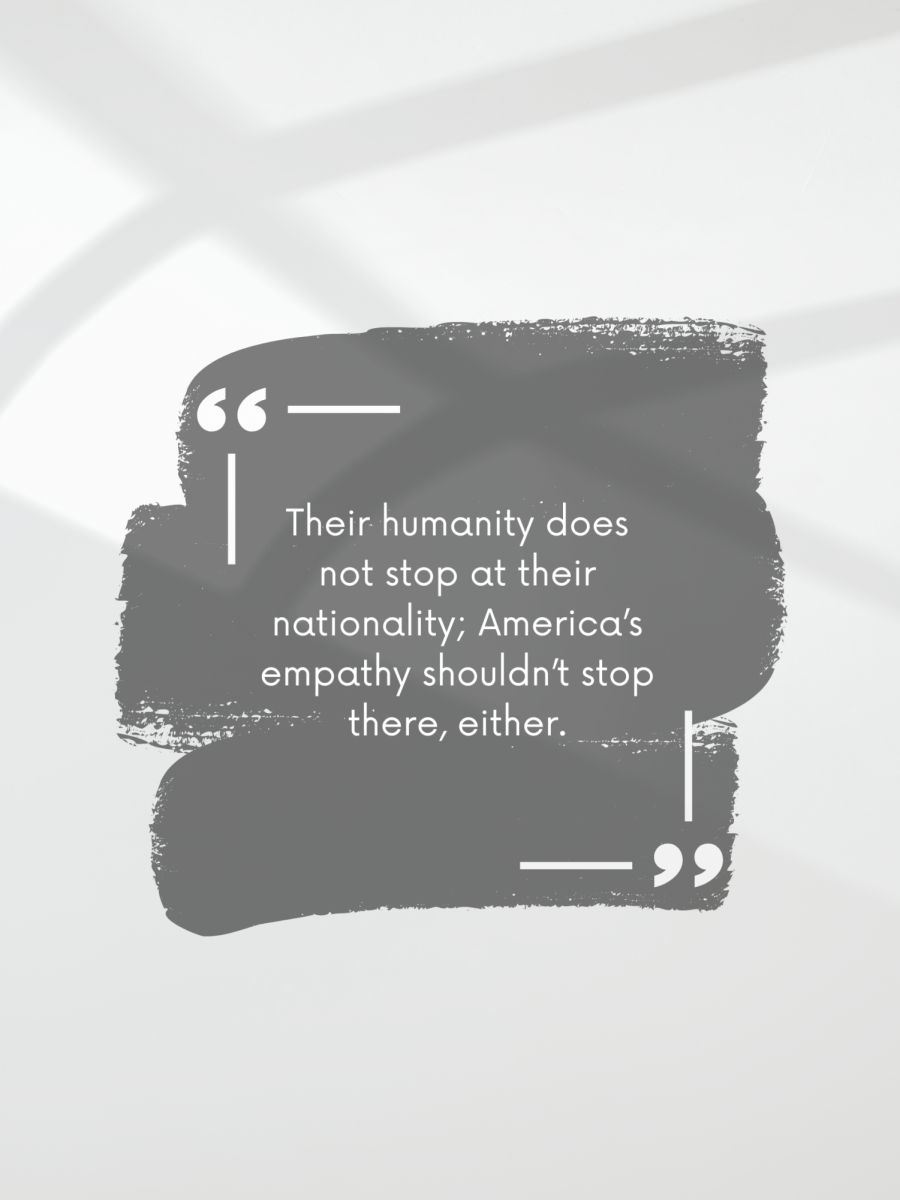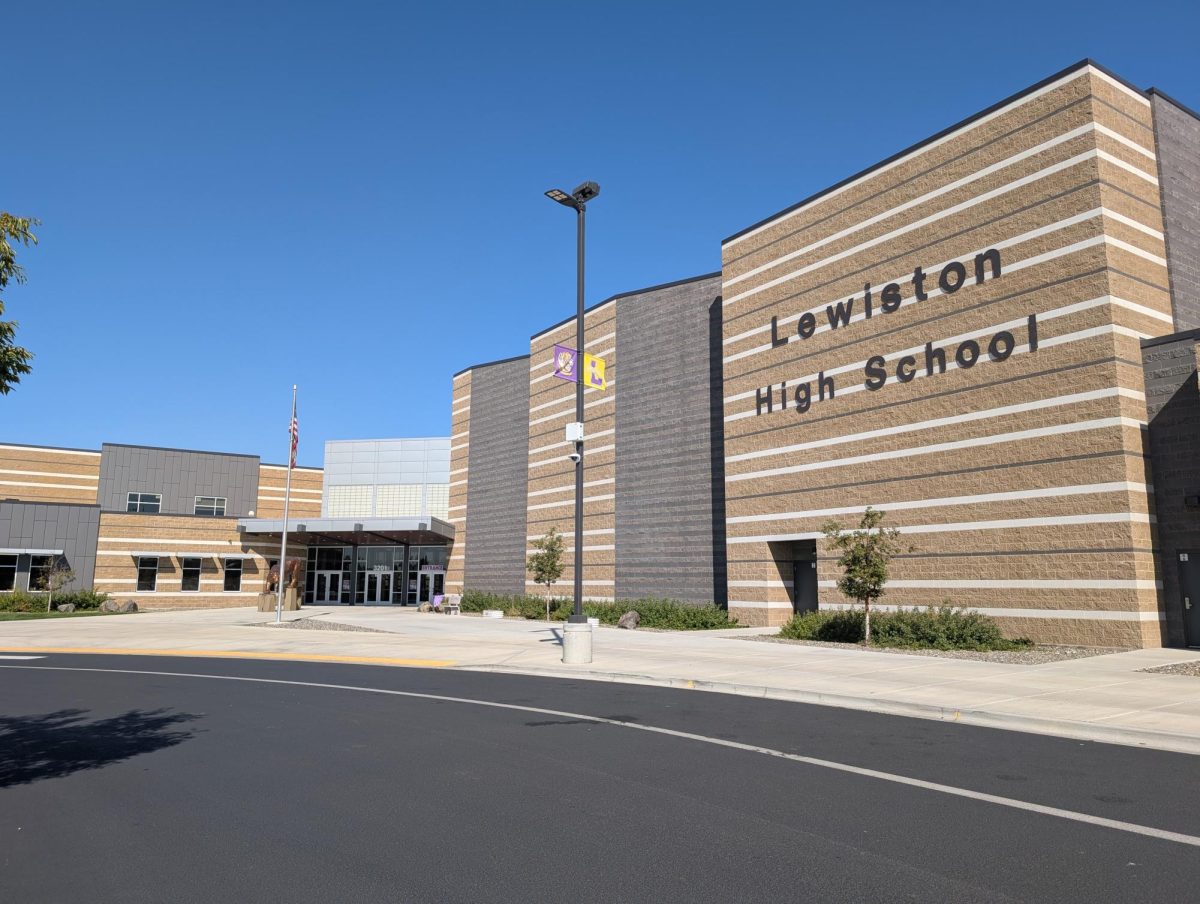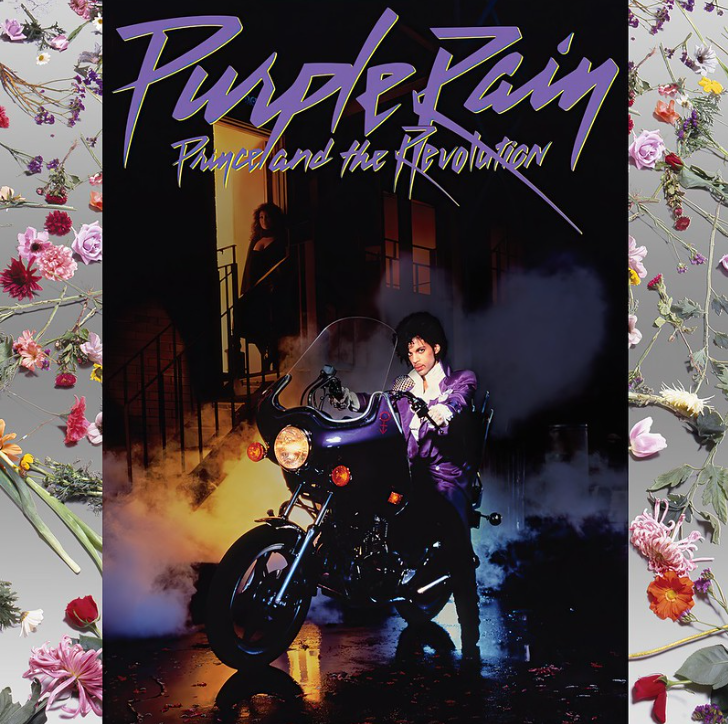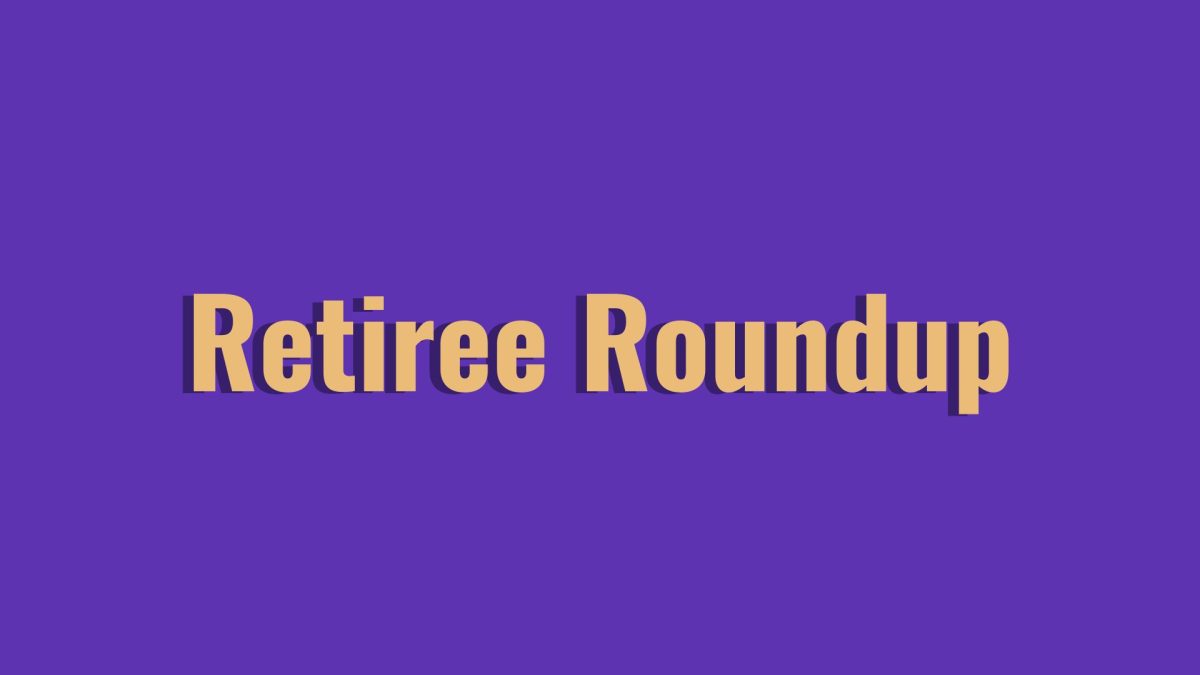Across the ocean in South-Central Asia from September 8 to 13, Nepalese citizens, mainly Gen Z, relentlessly protested against their corrupt governments. They succeeded in under 48 hours. For years, long-term corruption and shifting government situations have raised tension throughout the country and have caused concern for many people, especially Gen Z citizens.
On September 4, the Nepalese government suspended 26 social media platforms, including Facebook, Instagram, WhatsApp, YouTube, Reddit, Snapchat, and Discord. This ban sparked outrage among Nepal’s youth, which was perceived as an act to silence the citizens’ opinions. An article from Britannica.com written by Ethan Teekah states, “The move, against a backdrop of economic dysfunction and widespread youth disillusionment, ignited mass protests across Kathmandu and other Nepalese cities, led largely by Generation Z demonstrators.” Another statement from the article reads, “Clashes between protesters and security forces broke out on September 8; by September 9, the parliament building and other government offices were in flames, and Prime Minister K.P. Sharma Oli had resigned….. By September 22, the violence had left 74 dead and more than 2113 injured.” These statements from the article help illuminate the danger of the protests and the excruciating force needed to change their unstable and corrupt government.
Soon after K.P. Sharman had stepped down, military forces had urged the need for peace, and the Nepalese president, Ramchandra Paudel, proposed the idea of a peaceful resolution, in this case, a new form of election. In an article from The Carnegie Endowment for International Peace, Amish Raj Mulmi states, “On the evening of September 10, as chaos threatened to fill the political vacuum in Kathmandu in the wake of two days of protests, 7,586 young Nepalis cast their votes for their candidate to lead the interim government on the ‘Youths Against Corruption’ Discord channel. Sushila Karki, the former chief justice, emerged as the winner. It was perhaps the first time in history that a prime minister had been chosen via an online vote, reflecting the times and the churn in Nepali politics.” The quote helps underline the irony in the situation and describes how technology can be an integral part of governments.
In 2010, countries around the Arab world began to protest their corrupt government and fight against economic instability. Like Nepal, protesters utilized the internet, and eventually, they slowly restricted access. An article from Council on Foreign Relations by Kali Robinson and Will Merrow states, “The internet and social media were vital tools for mobilizing Arab Spring protesters and documenting some government injustices. In the years since, countries such as Egypt have tightened their grip on cyberspace by restricting internet access, enacting laws that facilitate censorship, and jailing people over their anti-government posts online.” Although protests continue at a less jurassic level, the impacts are still visible. A German Institute for Global and Area Studies chart shows that although the populations have increased since 2011, the unemployment rate has decreased. Another chart from the same article shows that women’s representation has increased in most countries.
Although these “revolutions” can serve as hope or a beacon of light to others facing corrupt governments or those who need motivation, for others, they highlight the growing power of youth activism fueled by the rise of technology to challenge the corruption and authoritarian control around the globe. These rapid and impactful movements emphasize the importance of social media in political change. They also act as a sign of a new potential trend where younger generations restart their government, allowing transparency and justice for their well-being. In a country like the United States, where politicians are considered liars and the news is lying, maybe it is time to protest and create a country where individual freedoms are being protected, where politicians understand their job, and where its citizens can feel safe. It may be time to make a change.

